As a lifelong travel enthusiast and avid traveler, I’ve always been captivated by the unique charm of Indian Railways IRCTC. Recently, I embarked on an epic journey across India, experiencing firsthand the diverse array of train classes this vast network offers. Let me take you on a virtual tour through the fascinating world of Indian train travel, sharing my personal experiences and the latest insights I gathered along the way.
Table of Contents
The Incredible Variety of Indian Train Classes
One of the first things that struck me about Indian Railways was the sheer number of travel classes available. While most countries offer two or three options, India boasts an impressive range of choices to suit every budget and comfort level. As of 2024, there are still nine main classes, with some special variations bringing the total to over fourteen! Let’s dive into each class and what makes it unique.
1. Unreserved General Class: The People’s Carriage
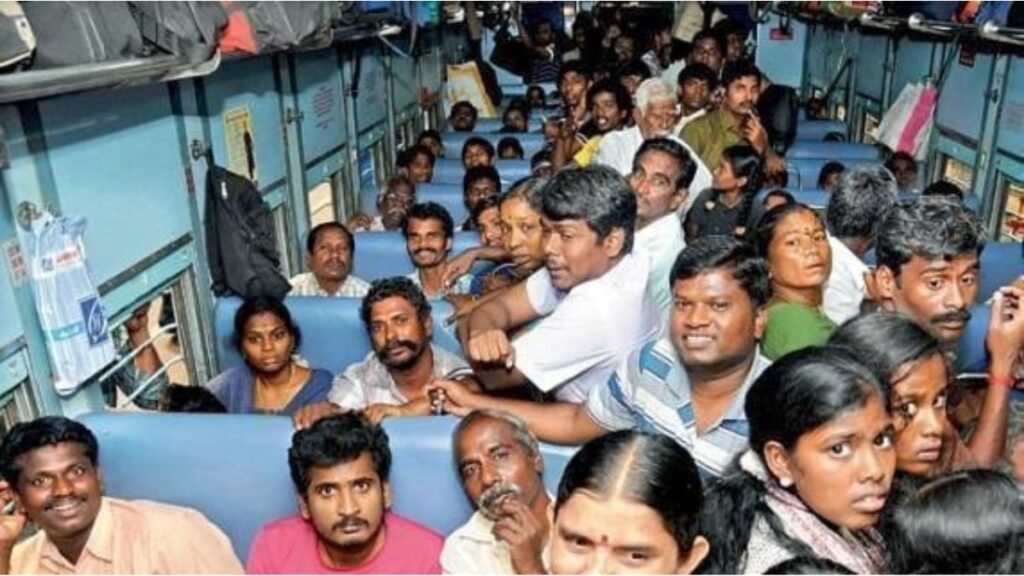
My adventure began in the bustling unreserved general class, often referred to as the “aam aadmi” or common man’s compartment. It’s the most affordable option, but be warned – it’s not for the faint-hearted!
Features I experienced:
- No guaranteed seating – it’s first-come, first-served
- Incredibly crowded, with people often sitting on the floor
- Basic wooden or metal benches instead of cushioned seats
- A lively atmosphere filled with chatter and the aroma of chai
While it was challenging, I found it to be an authentic slice of Indian life. The camaraderie among passengers was heartwarming, with strangers sharing food and stories. However, for longer journeys, I’d recommend opting for a more comfortable class.
2. Second Seating (2S): A Step Up in Comfort
Next, I tried the Second Seating class on a short daytime journey. This class offers a notable improvement over the general class.
What I found:
- Reserved seating with 3×3 bench arrangement
- Non-air-conditioned, but equipped with fans
- More spacious than general class, but still basic
I found this class ideal for shorter trips between nearby cities. It’s a popular choice for daily commuters and budget-conscious travelers who want a guaranteed seat.
3. Sleeper Class (SL): The Middle-Class Favorite
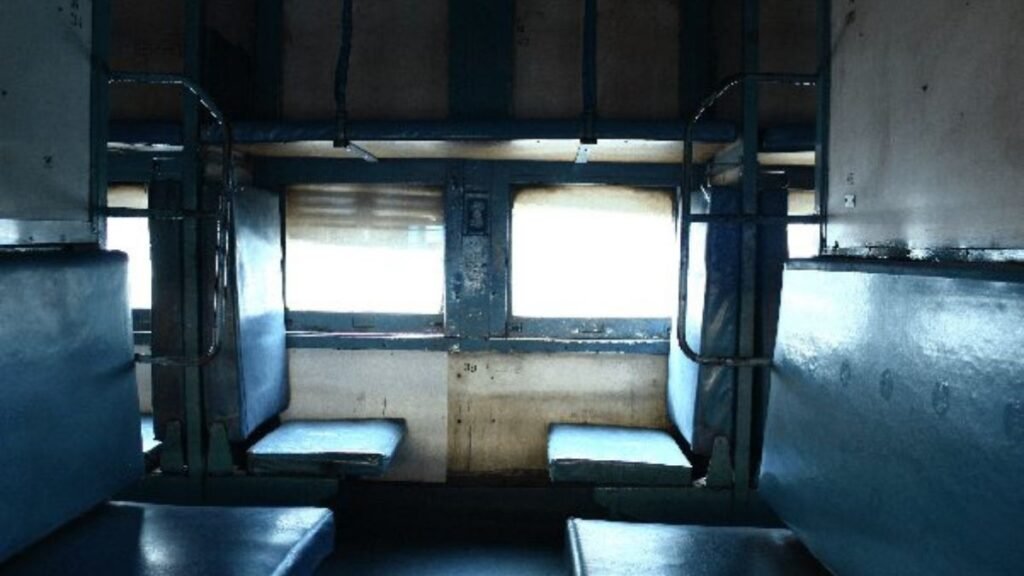
The Sleeper Class is where I really started to feel the essence of long-distance Indian train travel. It’s incredibly popular among middle-class Indians, and I could see why.
My experience included:
- Three-tier berth system (lower, middle, upper) plus side berths
- Reserved tickets ensuring a place to sit and sleep
- Open layout promoting social interaction
- No air-conditioning, but large windows for ventilation
While it can get noisy and a bit crowded, I found the Sleeper Class to be a great way to meet fellow travelers and enjoy the passing landscape. Just be prepared for temperature fluctuations – I was glad I brought layers!
4. Chair Car (CC): Premium Comfort for Daytime Travel
For a premium daytime journey, I hopped aboard a Shatabdi Express in the Chair Car class. This was a significant step up in comfort and service.
Highlights of my trip:
- Air-conditioned coach with comfortable, reserved seating
- Complimentary meals and beverages
- Faster trains with fewer stops
- Clean and well-maintained interiors
I particularly enjoyed this class for its balance of comfort and affordability on shorter routes. It’s perfect for business travelers or those wanting a more luxurious daytime journey.
5. Third AC (3A): The Sweet Spot of Comfort and Affordability
Moving up the comfort ladder, I next tried the Third AC class. This air-conditioned version of the Sleeper Class offers a noticeable improvement in comfort.
What stood out to me:
- Three-tier berth system with individual reading lights
- Air-conditioning and curtains for privacy
- Bedding provided (sheets, blankets, pillows)
- Controlled entry, reducing overcrowding
I found 3AC to be an excellent middle ground between comfort and cost. It’s my go-to choice for overnight journeys when I want a good night’s sleep without breaking the bank.
6. Second AC (2A): Elevated Comfort for Longer Journeys
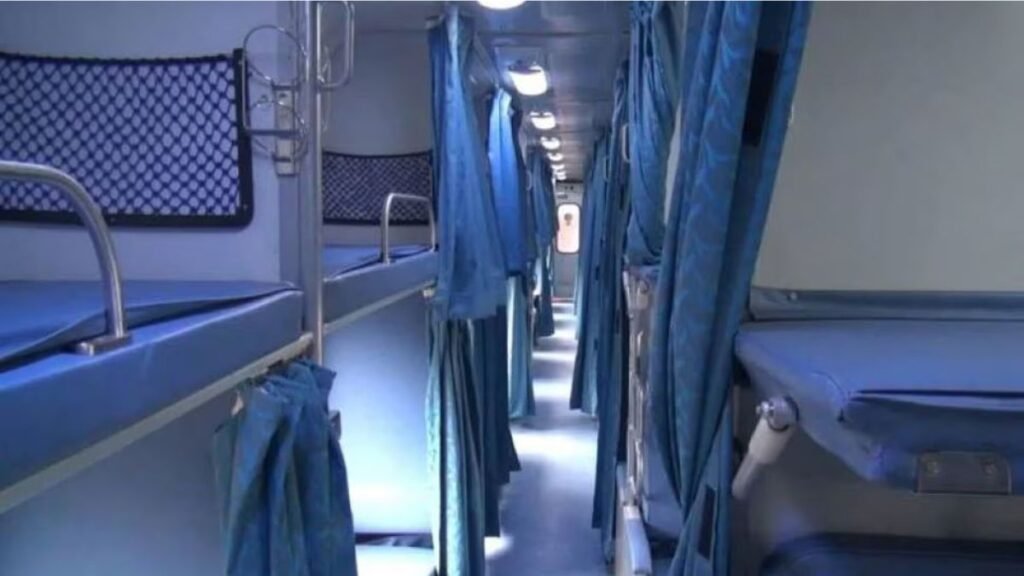
For a touch more luxury, I upgraded to Second AC on a long-distance trip. The extra space and amenities were immediately noticeable.
My 2AC experience included:
- Two-tier berth system with more headroom
- Individual curtains for added privacy
- Power outlets for charging devices
- Complimentary bedding and better quality pillows
This class felt significantly more comfortable than 3AC, making it ideal for longer journeys where rest is a priority. The extra cost was well worth it for the improved sleep quality.
7. First AC (1A): The Height of Rail Luxury
Curious about the most luxurious regular class, I splurged on a First AC ticket for one leg of my journey. It was like entering a different world of train travel.
Luxuries I enjoyed:
- Private, lockable compartments with two to four berths
- Personal temperature controls
- Highest quality bedding and amenities
- Attentive service, including room fresheners and newspapers
While the cost was comparable to a budget flight, the experience was unparalleled. It’s perfect for those seeking privacy and comfort, especially on overnight journeys.
8. Executive Chair Car (EC): Business Class on Rails
On my final leg, I tried the Executive Chair Car on a Shatabdi Express. This class is designed for utmost comfort on daytime journeys.
What impressed me:
- Spacious, reclining seats with ample legroom
- High-quality meals served at your seat
- Exclusive lounges at major stations
- Fastest trains with premium service
For business travelers or those wanting the best daytime rail experience, EC is hard to beat. It combines speed, comfort, and service excellently.
9. Special Luxury Trains: A Class Apart
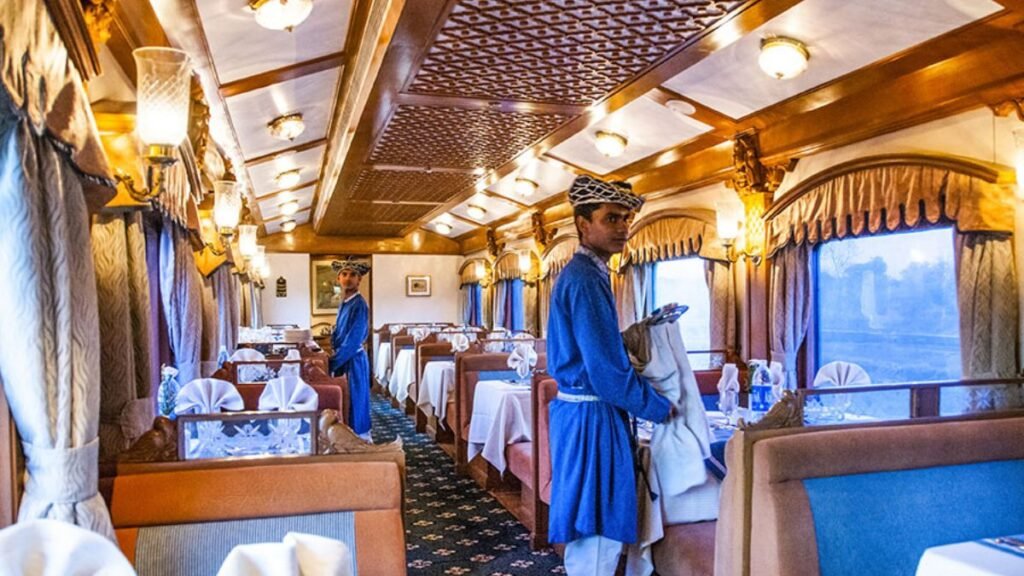
While I didn’t personally experience them due to budget constraints, I learned about India’s ultra-luxury tourist trains like the Maharajas’ Express and Palace on Wheels. These offer a whole different level of opulence, with prices to match!
Features include:
- Lavishly decorated carriages reminiscent of royal cars
- All-inclusive tours with guided excursions
- Gourmet dining and top-tier amenities
- Prices starting from ₹5 lakhs per person for a week-long journey
These trains are essentially cruise ships on rails, offering a once-in-a-lifetime experience for those who can afford it.
Fare Comparison and Booking Tips
One of the most striking aspects of Indian Railways is the vast price range across classes. Based on my recent travels, here’s a rough comparison of fares for a 1000 km journey:
- General Class: ₹200
- Second Seating (2S): ₹250
- Sleeper Class (SL): ₹400
- Chair Car (CC): ₹800
- Third AC (3A): ₹1,200
- Second AC (2A): ₹1,800
- First AC (1A): ₹3,000
- Executive Class (EC): ₹2,500 (typically for shorter routes)
Pro tip: Book your tickets well in advance, especially for popular routes and higher classes. The IRCTC website and app have improved significantly in recent years, making online booking much easier.
Conclusion: A Journey for Every Traveler
My adventure through the various classes of Indian Railways was an eye-opening experience. From the vibrant energy of the general class to the plush comfort of First AC, there truly is an option for every type of traveler and budget.
What impressed me most was how these different classes reflect the diversity of India itself. Each carriage tells a story, offering a unique window into the country’s social fabric and the incredible journey of its people.
Whether you’re a budget backpacker, a comfort-seeking tourist, or somewhere in between, Indian Railways has a class that’s perfect for you. So next time you’re planning a trip across this vast and beautiful country, consider taking the train. It’s not just a mode of transport – it’s an unforgettable journey through the heart of India.
Remember, the joy of train travel in India isn’t just about reaching your destination; it’s about the journey itself, the people you meet, and the stories you collect along the way. So hop aboard, find your berth, and let the rhythmic clatter of wheels on rails carry you into an adventure you’ll never forget!

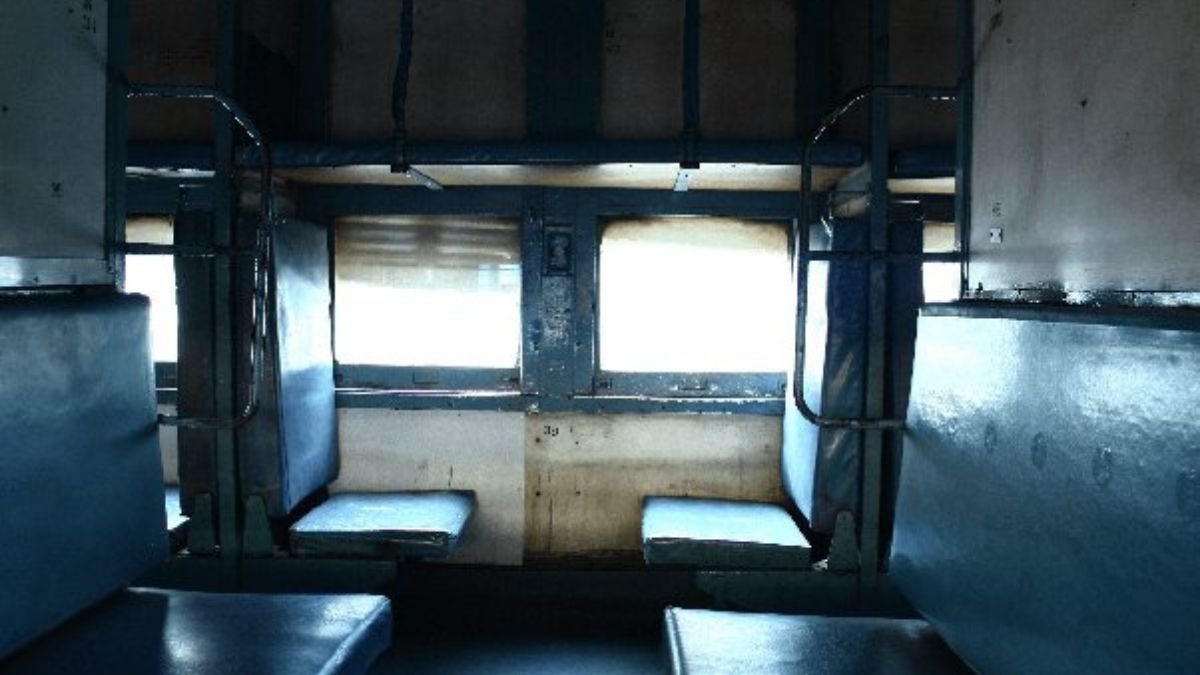



Your point of view caught my eye and was very interesting. Thanks. I have a question for you. https://accounts.binance.com/ur/register?ref=WTOZ531Y
Can you be more specific about the content of your article? After reading it, I still have some doubts. Hope you can help me.
Can you be more specific about the content of your article? After reading it, I still have some doubts. Hope you can help me. http://gate-io-hodl-and-earn.cryptostarthome.com
Your article helped me a lot, is there any more related content? Thanks!
I don’t think the title of your article matches the content lol. Just kidding, mainly because I had some doubts after reading the article.
Have you ever considered about adding a little bit more than just your articles? I mean, what you say is important and everything. Nevertheless think of if you added some great visuals or video clips to give your posts more, “pop”! Your content is excellent but with images and video clips, this blog could undeniably be one of the most beneficial in its field. Wonderful blog!
I?m not sure where you are getting your info, but good topic. I needs to spend some time learning more or understanding more. Thanks for excellent information I was looking for this info for my mission.
Normally I do not read post on blogs, but I wish to say that this write-up very forced me to try and do so! Your writing style has been surprised me. Thanks, quite nice post.
Your article helped me a lot, is there any more related content? Thanks! https://www.binance.info/en-ZA/register-person?ref=JHQQKNKN
affordablecanvaspaintings.com.au is Australia Popular Online 100 percent Handmade Art Store. We deliver Budget Handmade Canvas Paintings, Abstract Art, Oil Paintings, Artwork Sale, Acrylic Wall Art Paintings, Custom Art, Oil Portraits, Pet Paintings, Building Paintings etc. 1000+ Designs To Choose From, Highly Experienced Artists team, Up-to 50 percent OFF SALE and FREE Delivery Australia, Sydney, Melbourne, Brisbane, Adelaide, Hobart and all regional areas. We ship worldwide international locations. Order Online Your Handmade Art Today.
Hello there! I know this is kinda off topic but I’d figured I’d ask. Would you be interested in exchanging links or maybe guest writing a blog post or vice-versa? My site addresses a lot of the same topics as yours and I think we could greatly benefit from each other. If you might be interested feel free to shoot me an e-mail. I look forward to hearing from you! Terrific blog by the way!
Undeniably imagine that that you said. Your favourite justification appeared to be at the internet the simplest thing to take into account of. I say to you, I certainly get irked at the same time as other folks think about issues that they plainly don’t understand about. You controlled to hit the nail upon the highest and also defined out the whole thing with no need side effect , other folks can take a signal. Will likely be again to get more. Thanks
Your article helped me a lot, is there any more related content? Thanks!
By my examination, shopping for consumer electronics online can for sure be expensive, yet there are some tricks and tips that you can use to obtain the best discounts. There are usually ways to uncover discount promotions that could make one to come across the best electronic products products at the smallest prices. Thanks for your blog post.
whoah this blog is great i love studying your articles. Stay up the great work! You already know, lots of persons are hunting around for this information, you can aid them greatly.
I’ve learned new things via your website. One other thing I’d prefer to say is newer computer system os’s usually allow extra memory to be played with, but they furthermore demand more ram simply to function. If someone’s computer could not handle a lot more memory as well as newest software package requires that memory increase, it usually is the time to buy a new Computer. Thanks
Whats up! I simply wish to give a huge thumbs up for the good info you’ve here on this post. I shall be coming again to your blog for more soon.
Good article. It is very unfortunate that over the last decade, the travel industry has already been able to to fight terrorism, SARS, tsunamis, bird flu virus, swine flu, as well as the first ever real global economic downturn. Through it the industry has proven to be strong, resilient and also dynamic, acquiring new approaches to deal with hardship. There are constantly fresh complications and chance to which the business must once more adapt and act in response.
Hello! I know this is kinda off topic but I was wondering which blog platform are you using for this website? I’m getting fed up of WordPress because I’ve had problems with hackers and I’m looking at alternatives for another platform. I would be great if you could point me in the direction of a good platform.
I?d need to examine with you here. Which is not one thing I normally do! I get pleasure from reading a put up that will make individuals think. Additionally, thanks for permitting me to comment!
I know this if off topic but I’m looking into starting my own blog and was curious what all is required to get setup? I’m assuming having a blog like yours would cost a pretty penny? I’m not very internet smart so I’m not 100 sure. Any tips or advice would be greatly appreciated. Many thanks
Thanks for your article. I would like to say a health insurance agent also utilizes the benefit of the coordinators of your group insurance. The health broker is given a list of benefits looked for by a person or a group coordinator. Such a broker will is search for individuals or coordinators which often best fit those requirements. Then he gifts his suggestions and if all parties agree, the broker formulates legal contract between the two parties.
Hi! This post could not be written any better! Reading through this post reminds me of my old room mate! He always kept talking about this. I will forward this post to him. Fairly certain he will have a good read. Thank you for sharing!
Hi there, You’ve done a fantastic job. I?ll certainly digg it and personally suggest to my friends. I’m confident they’ll be benefited from this site.
I used to be recommended this blog by my cousin. I am now not sure whether this publish is written by him as nobody else realize such particular about my difficulty. You’re amazing! Thank you!
Virtually all of what you state happens to be astonishingly legitimate and that makes me wonder the reason why I hadn’t looked at this in this light previously. Your article truly did turn the light on for me personally as far as this issue goes. However there is just one factor I am not too cozy with and while I attempt to reconcile that with the core theme of the point, allow me observe exactly what all the rest of the visitors have to say.Very well done.
I just like the valuable information you provide in your articles. I will bookmark your weblog and test again here regularly. I’m moderately certain I?ll learn a lot of new stuff right right here! Good luck for the following!
You could definitely see your expertise in the paintings you write. The arena hopes for even more passionate writers such as you who aren’t afraid to say how they believe. All the time go after your heart.
Woah! I’m really digging the template/theme of this site. It’s simple, yet effective. A lot of times it’s very difficult to get that “perfect balance” between superb usability and appearance. I must say that you’ve done a fantastic job with this. In addition, the blog loads extremely fast for me on Firefox. Outstanding Blog!
This web page is known as a walk-by way of for the entire data you needed about this and didn?t know who to ask. Glimpse right here, and also you?ll positively uncover it.
Thanks, I’ve recently been seeking for info about this subject for ages and yours is the best I’ve found so far.
I would love to add when you do not currently have an insurance policy or maybe you do not take part in any group insurance, chances are you’ll well benefit from seeking the help of a health insurance agent. Self-employed or people who have medical conditions ordinarily seek the help of any health insurance brokerage service. Thanks for your article.
Another important area is that if you are an elderly person, travel insurance with regard to pensioners is something that is important to really take into consideration. The old you are, the harder at risk you happen to be for allowing something undesirable happen to you while overseas. If you are not necessarily covered by quite a few comprehensive insurance cover, you could have quite a few serious complications. Thanks for revealing your guidelines on this web site.
Thanks for the points shared on your own blog. One more thing I would like to talk about is that fat loss is not information on going on a dietary fad and trying to lose as much weight as possible in a few months. The most effective way to lose weight is by acquiring it slowly and gradually and following some basic ideas which can provide help to make the most through your attempt to lose fat. You may learn and be following some of these tips, although reinforcing know-how never affects.
Wow that was unusual. I just wrote an really long comment but after I clicked submit my comment didn’t appear. Grrrr… well I’m not writing all that over again. Regardless, just wanted to say excellent blog!
You could certainly see your enthusiasm within the work you write. The sector hopes for more passionate writers like you who are not afraid to mention how they believe. At all times follow your heart.
Thanks for some other informative web site. The place else may just I am getting that kind of info written in such an ideal approach? I’ve a undertaking that I am just now running on, and I’ve been on the look out for such info.
Okay, so I tried my luck at mxgoodmx and it was pretty decent. Not gonna lie, I had some good wins! Check it out yourself mxgoodmx.
Hệ thống livestream trực tiếp mang lại cảm giác như bạn đang ngồi tại sòng bạc thật, với sự tương tác trực tiếp và công bằng tuyệt đối. 888slot game Các bàn chơi được thiết kế tinh tế, giao diện thân thiện và dễ sử dụng, giúp bạn dễ dàng tham gia và tận hưởng. TONY12-26
Easy to get logged into pkr777login. Its a simple gaming site, with a decent selection. Check into logging in via pkr777login.
Hi my family member! I wish to say that this article is awesome, great written and come with approximately all vital infos. I would like to see more posts like this .
Hiya! Quick question that’s completely off topic. Do you know how to make your site mobile friendly? My site looks weird when browsing from my apple iphone. I’m trying to find a theme or plugin that might be able to resolve this issue. If you have any suggestions, please share. Cheers!